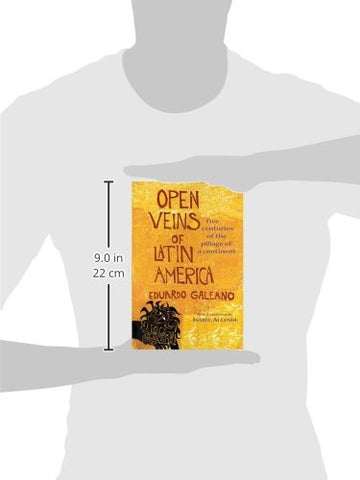

The arrival of the Spanish brought violence, disease and forced labor to native people in Latin America. In part 1, Galeano discusses how the Spanish colonization of Latin America led to exploitation of its resources. The author also reflects on seven years after his book’s publication in which he talks about politics in South America. He discusses how the region was first discovered and how it became a major part of the world economy, as well as what happened when US companies took over from European ones.


The book Open Veins of Latin America by Eduardo Galeano is about the exploitation of Latin American resources. This study guide refers to an updated version that was published in 1997, translated by Cedric Belfrage. The author, Eduardo Galeano, wrote this book to commemorate the 25th anniversary of its original publishing. Open Veins of Latin America is a book about the history and current state of politics in Latin America. All readers interested in great historical, economic, political, and social writing will find a singular analytical achievement, and an overwhelming narrative that makes history speak, unforgettably.1-Page Summary of Open Veins Of Latin America Overall Summary An immense gathering of materials is framed with a vigorous style that never falters in its command of themes. Weaving fact and imagery into a rich tapestry, Galeano fuses scientific analysis with the passions of a plundered and suffering people. These are the veins which he traces through the body of the entire continent, up to the Rio Grande and throughout the Caribbean, and all the way to their open ends where they empty into the coffers of wealth in the United States and Europe. Thus he is concerned with gold and silver, cacao and cotton, rubber and coffee, fruit, hides and wool, petroleum, iron, nickel, manganese, copper, aluminium ore, nitrates, and tin. Rather than chronology, geography, or political successions, Eduardo Galeano has organised the various facets of Latin American history according to the patterns of five centuries of exploitation. It is also an outstanding political economy, a social and cultural narrative of the highest quality, and perhaps the finest description of primitive capital accumulation since Marx. debut a quarter-century ago, this brilliant text has set a new standard for historical scholarship of Latin America.


 0 kommentar(er)
0 kommentar(er)
